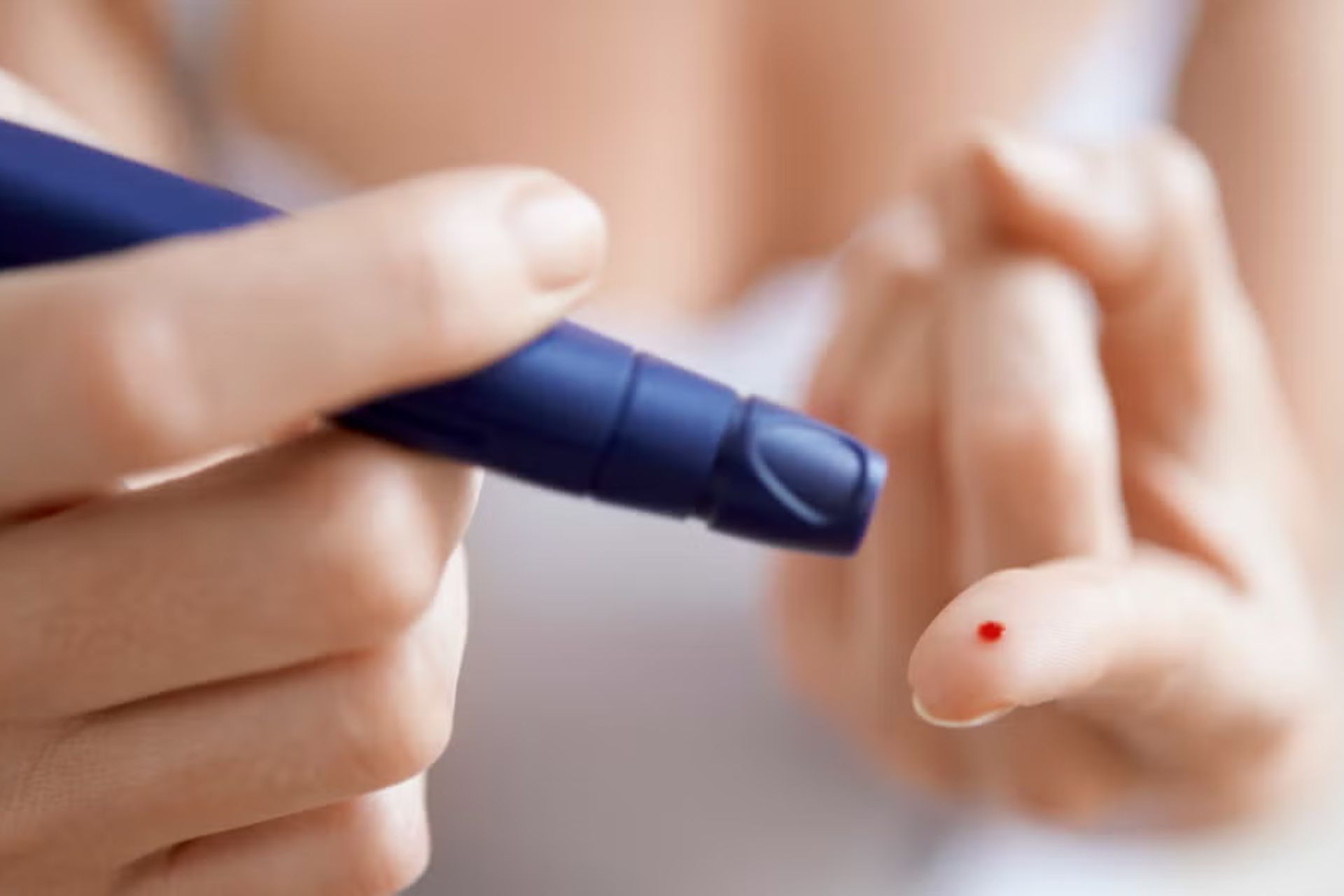
Manage Diabetes with Easy Twisting Exercises for Better Blood Sugar
Image Name: Blood Sugar Management
Image Credit: The Hindu Business
Among the most difficult jugglings of diabetes management are focus on medication, strict diet control, and monitoring of your blood sugar levels. But is there a way that is easier and enjoyable to help control glucose? Welcome to the world of gentle twisting exercises. With the new studies on low-impact exercise and fitness, it appears that these researchers and fitness professionals are slowly starting to hint at its many benefits when it comes to managing diabetes. Twisting is one movement that often arises from yoga or stretching routines; well, it helps a lot in keeping blood sugars under control. Here’s how you could “twist” your way toward health.
Blood sugar management forms an integral part of any type of diabetes management program. Diabetes, especially Type 2, is a condition where the body does not maintain its ability to use insulin, whereby the blood glucose levels become higher than normal. The high amount of glucose in the blood for an extended period can cause several complications, ranging from heart complications to nerve damage and even kidney failure. Maintenance of blood sugar levels is therefore crucially indispensable. While diet, medication, and changes in lifestyle often control the majority of those suffering from diabetes, exercise is a rather basic component which, understandably, isn’t always recognized to the same extent as other factors. But not all movements are created equal: some can do something peculiar to enhance the body’s usage of insulin.
The more a muscle contracts during exercise, the higher its sensitivity to insulin becomes. Glucose is therefore used for energy instead of staying in the blood. Twisting exercises could, therefore, stimulate specific organs and systems in the body, which makes them an interesting option for diabetics wishing to better their health status.
Why twisting exercises?
Why, then, focus on twisting exercises? In simplest words, these exercises are about torsion of the torso: they involve contracting all muscles within your torso and those surrounding your vertebral column. Most likely, you’ve already heard such movements being conducted during yoga classes or simple stretching, but they have some benefits not yet determined, and those can only be of particular value for people suffering from diabetes.
First, twisting exercises stimulate all the organs in the body, even including pancreas, liver, and kidneys. These are the organs significantly involved in blood sugar regulation. For instance, the pancreas produces insulin. Thus, regular twisting enhances its functioning.
Another thing is that the exercises contribute to digestion and metabolic activities. The twists gently massage the digestive organs within your body, meaning your body will be in a better position to process sugar more effectively. If the digestion process goes well, there is a high likelihood that your blood sugar will remain stable.
Additional benefits of twisting exercises include a release of stress. It’s common knowledge that stress causes an increase in blood sugars, but not as well known is the fact that exercise reduces stress. Many twisting exercises also include deep breathing that shuts down the nervous system and lowers the stress hormones of cortisol. For diabetics, such additional relaxation could become an important assistant in maintaining blood sugar.

Image Name: Twisting Exercises For Diabetes
Image Credit: Femina.in
Twisting Exercises You Can Try
You can add twisting poses to your routine daily life without it meaning much. The following are simple but powerful movements accessible even for starters.
Seated Spinal Twist, or Ardha Matsyendrasana
This is one of the best yoga asanas for people who sit most of the time because it fires your organs while improving your spinal mobility. Let’s start with this seated spinal twist. You should sit with outstretched legs in front of you. Bend your right knee and bring your right foot to the outside of your left thigh. Cross your left elbow over your body and take it onto the outside of your right knee so your torso twists to the right. As you can, inhale a few breaths and then turn over to repeat on the other side.
- Supta Matsyendrasana – Supine Twist
This gentle, reclined twist is a wonderful way to soothe your body and mind as you facilitate the digestion of your food. First, lie on your back with your legs straight out. Bring your right knee into your chest, drawing it across your body to your left. Extend your right arm across your body, reaching out to the side, and then bring your head around to the right. Take a few deep breaths and repeat on the other side.
Twisting Lunge
- Twist Lunge:
Another dynamic, twisting lunge position is done when you lunge on one foot, with the other positioned behind you, and twist your torso toward the leg in front. Keep balancing with your arms reaching out before you. This dynamic will exercise your legs and particularly your core as it twists. - Standing Forward Bend with a Twist:
This exercise combines flexibility with core strength. Stand with your feet hip-width apart, bend your hips forward, and relax your arms. On one side, place your right hand on the floor or a yoga block if needed and stretch your left hand up toward the ceiling and twist around to the left. Inhale several breaths and then return your arms to the center. Repeat on the other side.
How to do Twisting Exercises Safely
Since twisting exercises can be really helpful in controlling blood sugar levels, it’s quite important to exercise them carefully especially when someone just starts exercising or is bedridden. To always listen to your body and be slow when you start. If you feel discomfort, stop right away and reassess the movement.
With twisting exercises, effectiveness increases when combined with other types of exercise, which could consist of walks, swimming, or strength training. Health experts suggest having at least 150 minutes of moderate exercise per week. Consistency is the one—with the patient making sure that twisting exercises become part and parcel of regular routine, improvements may easily be noticed in the way the body manages blood sugar. As always, consult your doctor before you start any new exercise routine, particularly if you have complications related to diabetes, such as heart issues or neuropathy.
Conclusion
It is easy to look at diabetes management as needing an extreme adherence to diet and medication, but gentle exercise definitely can make a big difference in your life. Twisting exercises are stimulation of internal organs, enhance digestion, and ease stress; they can help control blood sugar holistically. Not only are these exercises good for you, but they also do not prove to be difficult to perform as part of your regular activity. You may find the effective management of your blood sugar a fun activity.
